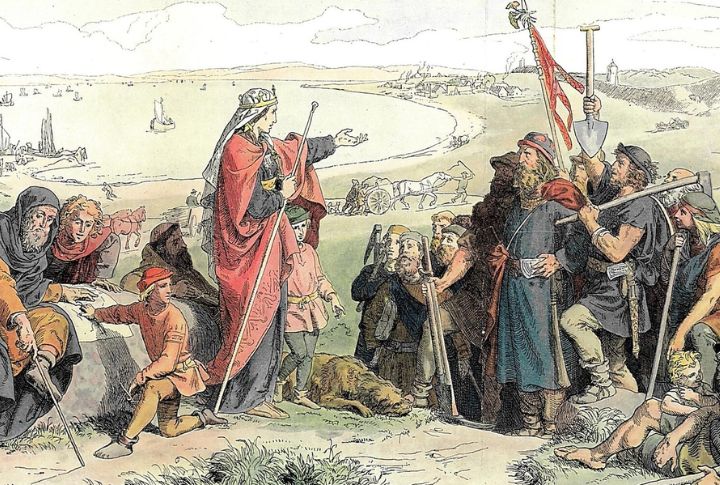
Not every queen gets remembered. But deep under Denmark’s fields, carved stones are whispering about a woman who changed everything. Queen Thyra’s story isn’t all grand battles and loud victories. It’s quieter and somehow even bigger. Now, researchers are finally piecing together the legacy she left behind.
The Discovery Of The Runestones
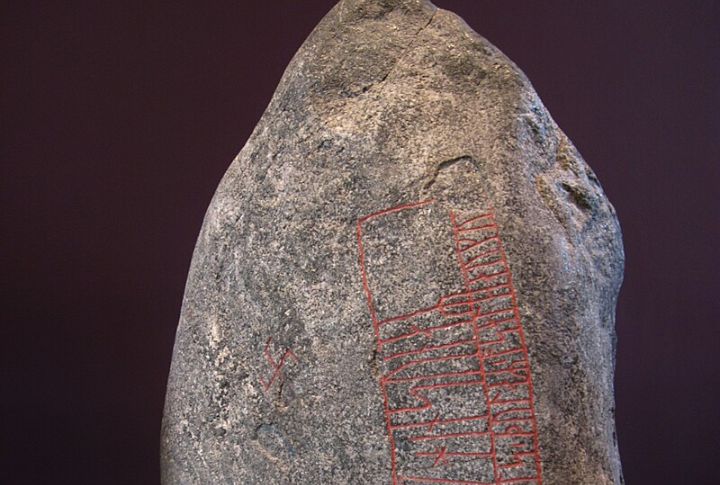
One chilly morning in Jutland, archaeologists brushed back layers of earth to reveal something astonishing: two intricately carved runestones. These weren’t just decorative relics. The inscriptions pointed to Queen Thyra, mentioning her by name in ways historians had never seen before. Denmark’s story suddenly gained a missing chapter.
Who Was Queen Thyra
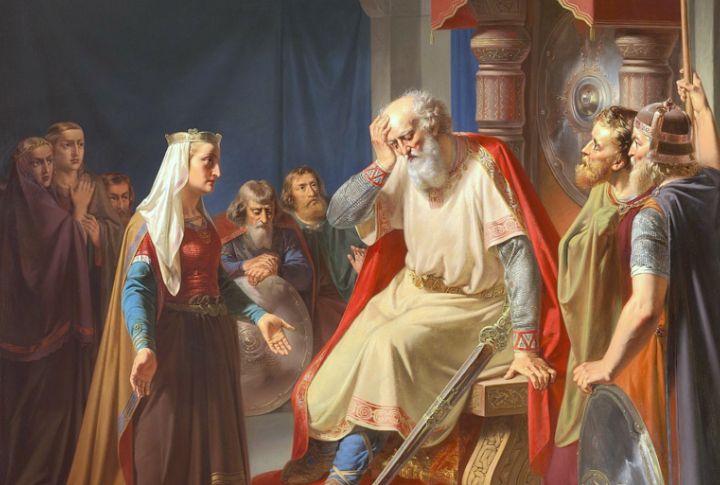
In an age when kings wrote history in blood and fire, Queen Thyra shaped it quietly. Married to King Gorm the Old, she earned titles like “Denmark’s Remedy” and “Salvation.” Instead of fading into the background like many consorts, Thyra became a force that helped define Denmark’s political and cultural foundations.
Runestones As Historical Records
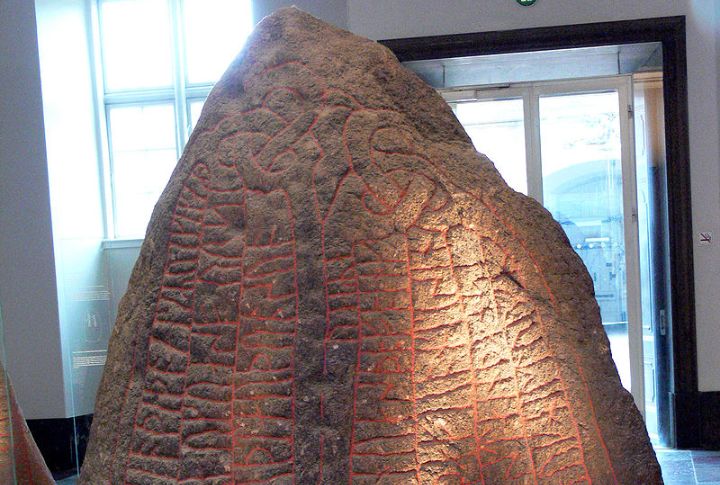
Why carve a message into stone? In Viking times, runestones were loud declarations. They marked territory and preserved memory for generations. More than memorials, Thyra’s runestones stand as powerful symbols of the respect she earned in her lifetime. They argue that her leadership mattered enough to be immortalized alongside kings.
Messages Carved In Stone
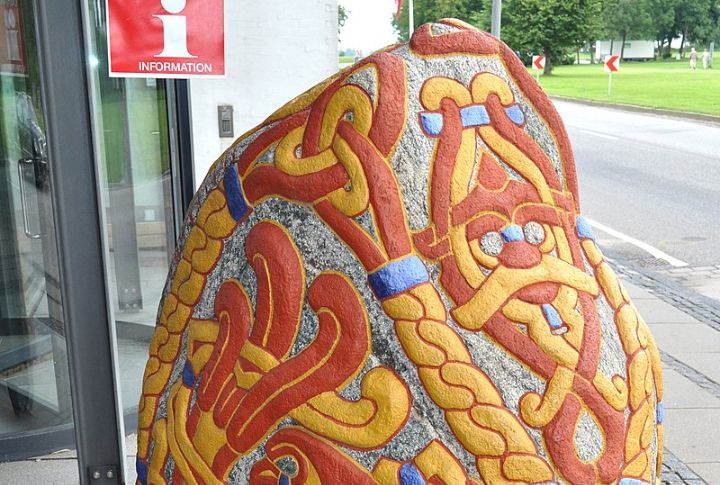
The words chiseled into Thyra’s stones didn’t waste breath. Descriptions like “Danmarkar bot” (Denmark’s Salvation) hinted at a figure responsible for restoring or saving Denmark. It was reverence. Every letter and every line told a story of protection and quiet strength in a turbulent time.
Thyra’s Role In Building Defenses
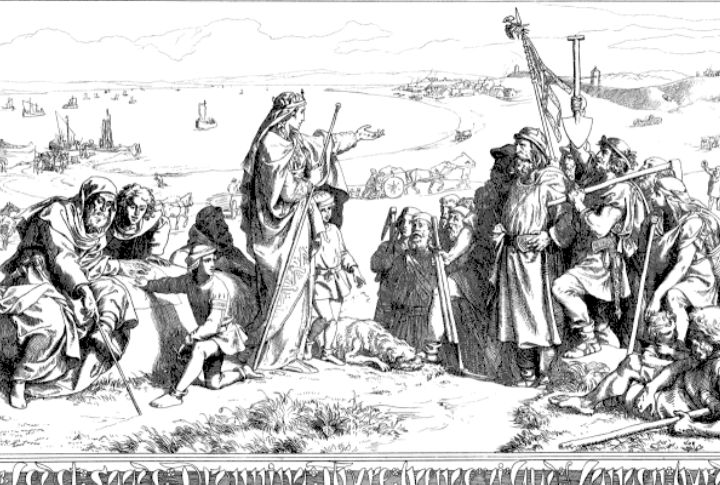
Long before castles dotted Europe, Queen Thyra initiated Denmark’s greatest defense: the Danevirke. Stretching across southern Denmark, this sprawling wall kept threats at bay. Historians now believe her hand was instrumental in strengthening the fortifications that shielded Viking territory from southern incursions.
The Legacy Of The Danevirke
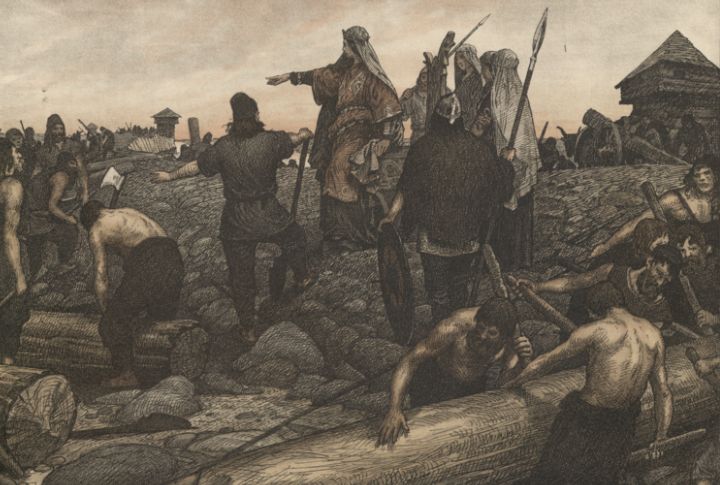
The Danevirke wasn’t a single project but a living wall that grew with Denmark’s needs. Many believe Thyra strengthened it, based on clues from runestones and later chroniclers like Saxo. No one can say for certain, but her name remains woven into the fortifications guarding Denmark’s ancient heart.
Family Ties To Viking Kings
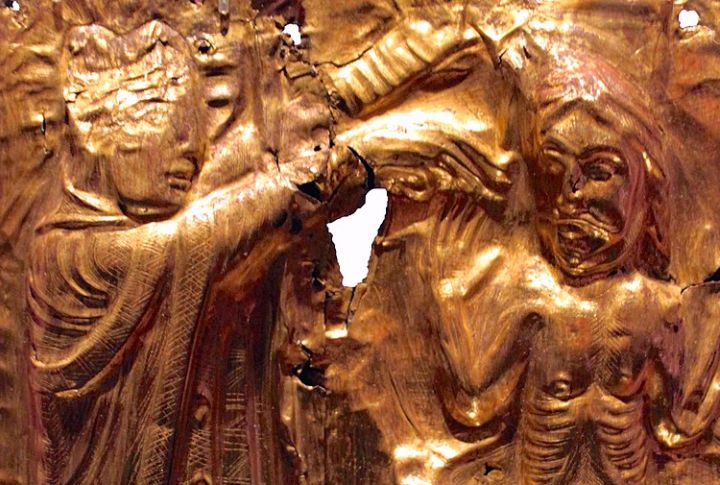
Historians trace Thyra’s bloodline into Denmark’s royal heart. She and Gorm produced Harald Bluetooth, the king who famously united Denmark and Norway and Christianized the region. Thyra’s strength and strategy didn’t vanish with her; they coursed through generations to weave themselves into the DNA of Scandinavian history.
Symbolism Hidden In The Inscriptions
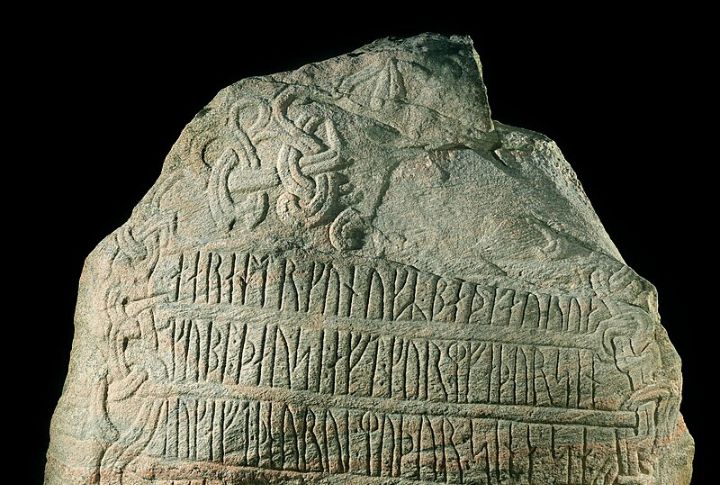
Runic writing carried heavy layers of meaning. The choice of words, the curve of every rune, and the positioning of the stone are all symbolic. So, Thyra’s inscriptions suggest more than victory or death; they point toward ideals of unity and national spirit during a fragile era.
Archaeological Methods Used
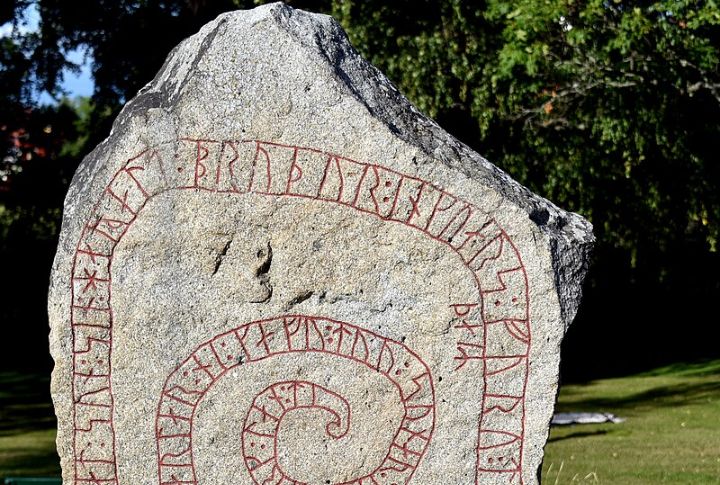
LIDAR scans and runological analysis turned dusty stones into vibrant voices. Every tool brought new insights into how the runestones were made and what they meant. Archaeologists treated each discovery like a whisper from the past: painstakingly reconstructed and fiercely protected.
Why Thyra’s Story Matters
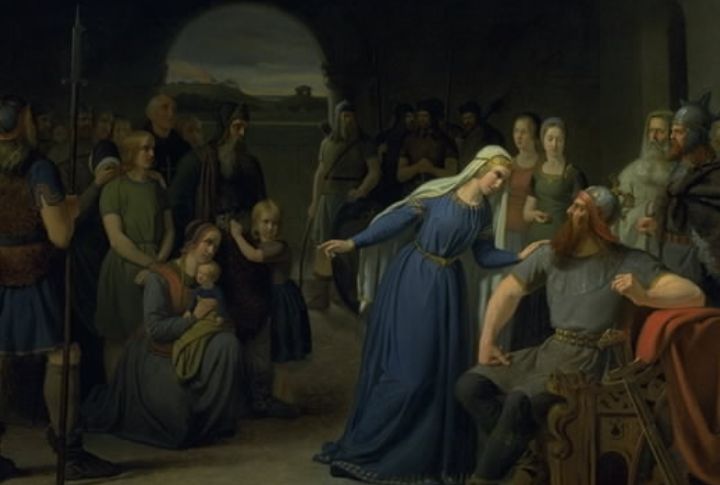
When old tales focus mostly on kings and battles, it’s easy to miss the women who held it all together. Thyra’s story rewrites that narrative. She wasn’t a footnote. She was an architect of Denmark’s early identity, and without her, the Viking Age might have unfolded very differently.

Comments
Loading…